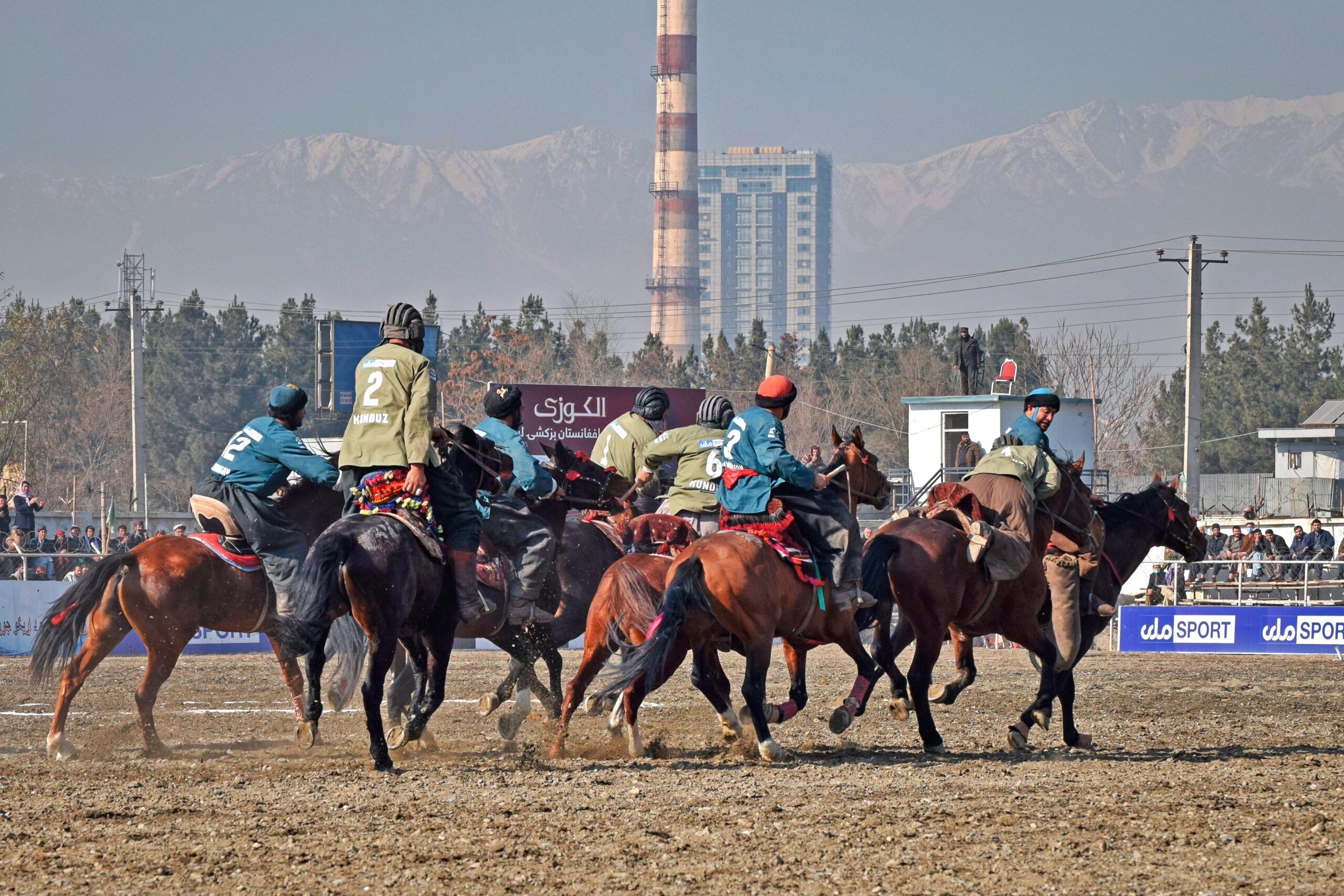Ever heard of **Buzkashi**? 🐎 Maybe the name sounds a bit strange or even confusing at first, but behind it lies one of the most intense, exciting, and culturally rich sports in the world. Far more than just a competition, Buzkashi is a powerful symbol of identity and tradition in many parts of Central Asia.
If you’re curious to understand what it is, how it works, and why Buzkashi is so important to those who play it, this article is for you. We’ll break it all down for you clearly, step by step, like a true beginner’s guide.
—
1. What Exactly Is Buzkashi?
Buzkashi is a traditional equestrian sport, mostly played in **Afghanistan, Tajikistan, Kyrgyzstan, and Uzbekistan**. The name literally means “goat-dragging” or “goat-grabbing” in Persian.
In the game, horseback riders called *chapandaz* (pronounced cha-PAN-daz) compete to snatch a headless goat (or calf) carcass and carry it to a specific target or scoring circle. They do all this while battling other riders in an intense physical struggle on horseback!
It might sound a bit wild at first glance, but Buzkashi is an ancient cultural heritage, passed down through generations, especially among the nomadic peoples of Central Asia.
It represents **courage, strength, incredible horsemanship, and even social prestige** – the best players are considered true local heroes.
—
2. How Is Buzkashi Played?
The game can look chaotic, but it does have basic rules. Here’s how it generally works:
- Anywhere from **10 to 100 riders** gather in an open field.
- The animal carcass (headless and with its limbs cut off) is placed in the center.
- Players fight to grab the carcass with their hands and carry it to a specific point (a circle or a goal).
- Traditionally, there are **no formal teams** – it’s every rider for themselves – though modern competitions might have team variations.
- The game can last minutes or hours, depending on the format (traditional or modern).
Traditional matches are often wild and have no time limit, while official versions have referees and clearer rules.
Even with rules, intense physical contact and risk are key parts of Buzkashi – it’s definitely **not for the faint of heart**!
—
3. Where Did Buzkashi Come From?
Buzkashi’s origins go back over a thousand years, to the time of the Mongol Empire. It’s believed that nomadic warriors played the sport as a way to **train for battles**.
Over the centuries, the game evolved, but it never lost its raw and symbolic character. It continues to be an important social and cultural ritual, especially in rural areas of Afghanistan.
Buzkashi isn’t just a pastime – in many regions, it’s tied to **celebrations, weddings, political events, and religious holidays**.
In tribal communities, sponsoring or participating in Buzkashi boosts the status of local families and leaders.
—
4. Gear and the Super Horses Used
The horses are absolutely central to Buzkashi – they’re true **elite athletes**, specifically bred and trained for this demanding sport.
- 🐎 They’re incredibly strong, agile, and trained to handle crowds, shouts, and constant collisions.
- Riders wear boots, sturdy clothing, and gloves, as contact is intense and falls are frequent.
- Some players tie ropes to the carcass to make it easier to grab – a technique that requires immense skill and strength.
- There’s no traditional saddle – the riding requires **complete control of the horse** using only legs and balance.
The right horse can make all the difference between winning and losing, and their value is incredibly high in regions where Buzkashi is taken seriously.
—
5. Modern Buzkashi: Changes and Official Competitions
While the traditional version is still common, Buzkashi has gone through some modernizations.
Today, there are organized competitions run by local sports federations, especially in Afghanistan, with **standardized rules, referees, and fixed game durations**.
These competitions often happen in stadiums with seating, attracting tourists and helping Buzkashi gain recognition as a cultural heritage.
Plus, the sport has even been featured in films, documentaries, and cultural exhibitions around the world, bringing a piece of this unique tradition to a wider audience.
—
6. The Cultural and Symbolic Meaning of Buzkashi
More than just a sport, Buzkashi is a powerful symbol of **resilience, strength, and national pride**.
In Afghanistan, especially, it represents the identity of a people who value **bravery, strategy, and courage**.
Famous players become almost legendary figures, admired for their skill and competitive spirit.
Participating in or sponsoring a Buzkashi event can be a way to show political power and social influence in many communities.
—
7. Cool Facts and Interesting Tidbits
- 🎬 The film “Buzkashi Boys” was nominated for an Oscar for Best Live Action Short Film in 2013!
- 💥 Accidents are common: broken bones, falls, and injuries are part of the game.
- 🐐 The carcass used in the game weighs around **65 to 110 pounds (30 to 50 kilograms)** – so it’s definitely not easy to carry!
- 🏆 In some regions, winners can receive cash prizes, animals, or even land!
Buzkashi is a powerful example of how tradition and sport can go hand-in-hand, standing strong against the test of time and societal changes.
—
Conclusion
Buzkashi is easily one of the most intense and culturally rich sports in the world. For anyone just starting to learn about it, understanding its rules, origins, and social importance is key.
More than just a game, it represents honor, tradition, and identity for millions of people. And even for outsiders, it’s impossible not to be impressed by the sheer courage and skill of the riders.
Now that you know what Buzkashi is, maybe it’ll spark your curiosity to see a match live or learn even more about the cultures that preserve it with such immense pride! What do you think?

